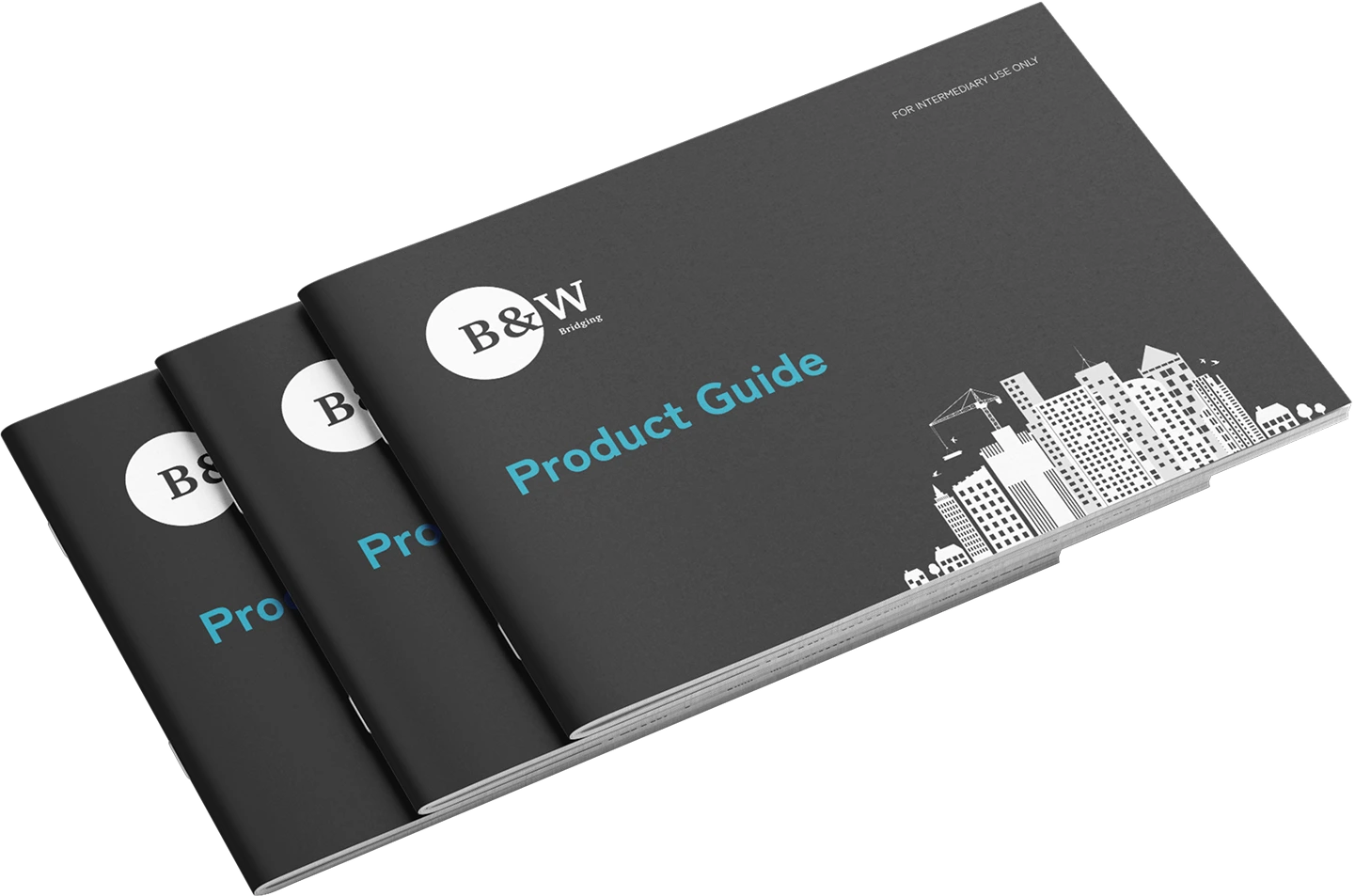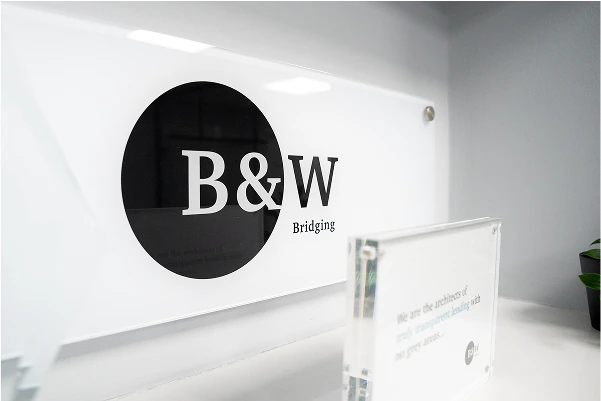Finding the best bridging loan
Finding the best bridging loan for your client’s circumstances can be a burden at a time when several financial and practical plates are spinning all at once. Bridging loans are usually taken for around 12 months, and they can normally be arranged relatively quickly. But, as ever, the first step is to fully understand what this kind of borrowing is, how it works and what the risks are. Step 1: What is the purpose of the loan? Bridging loans are typically used in a residential property transaction, they are often used by investors and property developers. For example, if a property is bought at auction, you’d normally have to complete the transaction within 28 days. This won’t be enough time to arrange a standard mortgage so bridging finance is used instead. The buyer can then remortgage to a BTL mortgage from a mainstream lender later on . Bridging loans can have other uses too. For example: Property renovation Purchasing an unmortgageable property Time-sensitive property transactions Bridging loans can also be used for non-property reasons such as: Paying off debts or tax bills Solving short-term business cash flow problems Divorce settlements Step 2: Will it be regulated or unregulated? A bridging loan is either regulated and unregulated. Knowing the difference will speed up the process as not every lender will provide both, here are the differences. Regulated: A regulated bridging loan is secured against a property owned in either a personal name or via a trust that is typically occupied or intended to be occupied by the owner or immediate family member.
More information...


Download our product guide



.webp)
.webp)











